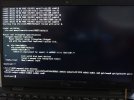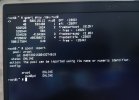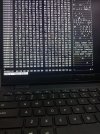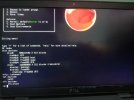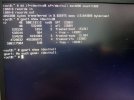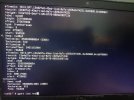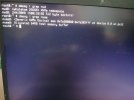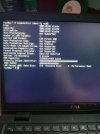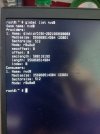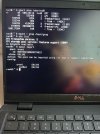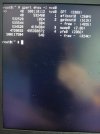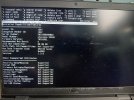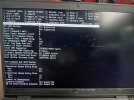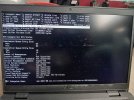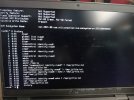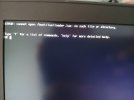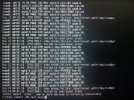I have this nvd0 NVMe ssd, after a power failure, it's stuck in mountroot with error 6.
I can link the hwprobe link.
Anyone who can shine some light here?
I just want to access and transfer data in nvd0p4.
Use data recovery tool? live cd? shell?
Can't I just install a new system -like Windows and have a safe 'D drive' from 'System C' where OS is installed?
zpool is seriously sophisticated and way too complicated for my level.
Seriously, what is wrong with my root on ZFS? What am I doing wrong?
I can link the hwprobe link.
Anyone who can shine some light here?
I just want to access and transfer data in nvd0p4.
Use data recovery tool? live cd? shell?
Can't I just install a new system -like Windows and have a safe 'D drive' from 'System C' where OS is installed?
zpool is seriously sophisticated and way too complicated for my level.
Seriously, what is wrong with my root on ZFS? What am I doing wrong?

